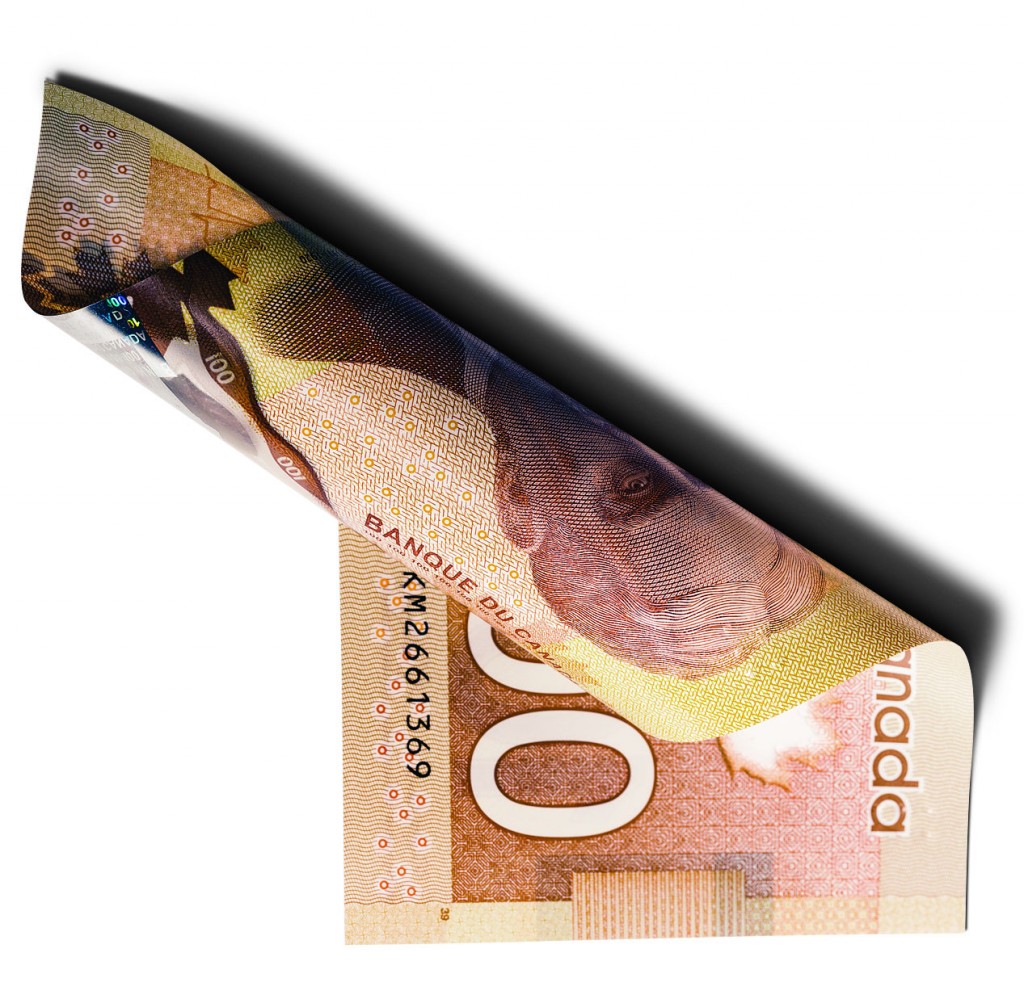The RRSP advantage
With the government hinting it will double contribution room, everyone’s talking TFSAs. But the good old RRSP is still a better choice for most of us
Advertisement
With the government hinting it will double contribution room, everyone’s talking TFSAs. But the good old RRSP is still a better choice for most of us
 These days you’d be hard-pressed to find a Canadian who isn’t clamouring for Prime Minister Stephen Harper to just get on with it and finally give us more TFSA room. The PM has hinted—strongly—that the annual contribution limit on Tax-Free Savings Accounts will soon be almost doubled, from $5,500 to at least $10,000, which could make the TFSA a serious player as a retirement savings tool. But John Storjohann, for one, just yawns at the news. Sure, the 58-year-old Calgary project manager likes TFSAs just fine, but for him, RRSPs will always come first when he puts money aside for retirement.
“I know my income when I’m retired is going to be a lot less than what I’m making now, and I don’t have a workplace pension plan,” he says. “I’m trying to max out my RRSP, but I’ve still got lots of contribution room left. After that, I’d start thinking more about the TFSA.”
Storjohann is keenly aware of the two main advantages of RRSPs: the tax refund when you make a contribution, and the tax-deferred growth until you make withdrawals in retirement. These make RRSPs ideal for those who expect to be in a lower tax bracket when they stop working—which will be the case for most Canadians. For those in the highest tax bracket today, the RRSP is a no-brainer. That’s why Storjohann’s always surprised when he meets people pulling in good incomes who think TFSAs stack up better than RRSPs. “People just don’t understand how these accounts work.”
While TFSAs let you earn a lifetime of tax-free growth, it’s fair to say that many Canadians are contributing to TFSAs when they shouldn’t be—a decision that may result in them paying higher taxes and having less income in retirement. Indeed, there are only a few instances when it makes sense to prioritize a TFSA over an RRSP. Read on and we’ll show you why RRSPs are still the best way for most people to build their wealth.
These days you’d be hard-pressed to find a Canadian who isn’t clamouring for Prime Minister Stephen Harper to just get on with it and finally give us more TFSA room. The PM has hinted—strongly—that the annual contribution limit on Tax-Free Savings Accounts will soon be almost doubled, from $5,500 to at least $10,000, which could make the TFSA a serious player as a retirement savings tool. But John Storjohann, for one, just yawns at the news. Sure, the 58-year-old Calgary project manager likes TFSAs just fine, but for him, RRSPs will always come first when he puts money aside for retirement.
“I know my income when I’m retired is going to be a lot less than what I’m making now, and I don’t have a workplace pension plan,” he says. “I’m trying to max out my RRSP, but I’ve still got lots of contribution room left. After that, I’d start thinking more about the TFSA.”
Storjohann is keenly aware of the two main advantages of RRSPs: the tax refund when you make a contribution, and the tax-deferred growth until you make withdrawals in retirement. These make RRSPs ideal for those who expect to be in a lower tax bracket when they stop working—which will be the case for most Canadians. For those in the highest tax bracket today, the RRSP is a no-brainer. That’s why Storjohann’s always surprised when he meets people pulling in good incomes who think TFSAs stack up better than RRSPs. “People just don’t understand how these accounts work.”
While TFSAs let you earn a lifetime of tax-free growth, it’s fair to say that many Canadians are contributing to TFSAs when they shouldn’t be—a decision that may result in them paying higher taxes and having less income in retirement. Indeed, there are only a few instances when it makes sense to prioritize a TFSA over an RRSP. Read on and we’ll show you why RRSPs are still the best way for most people to build their wealth.

Share this article Share on Facebook Share on Twitter Share on Linkedin Share on Reddit Share on Email